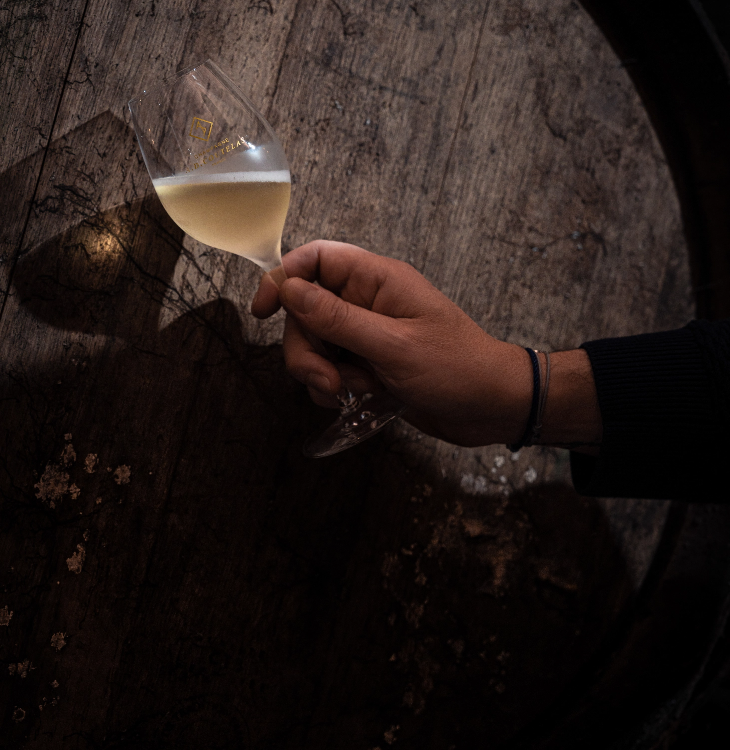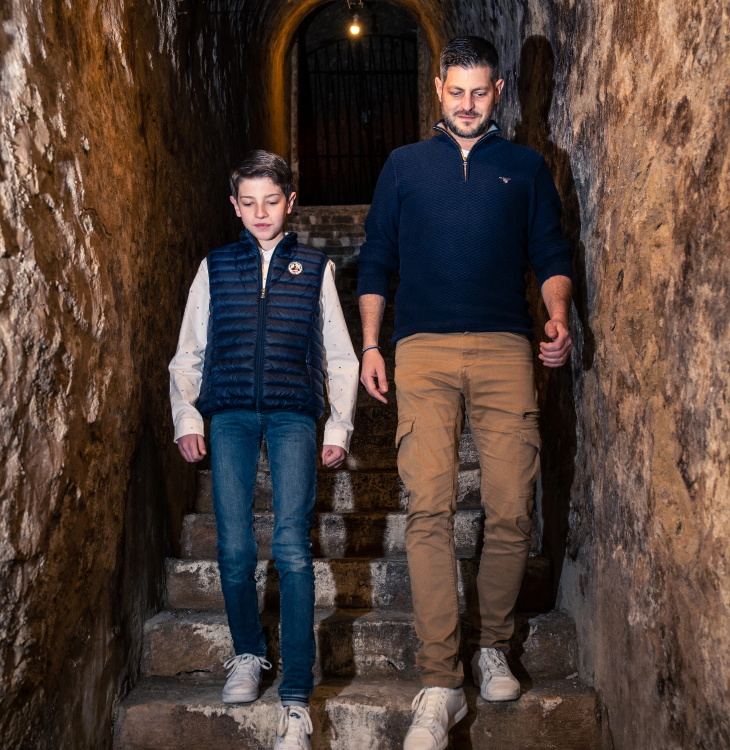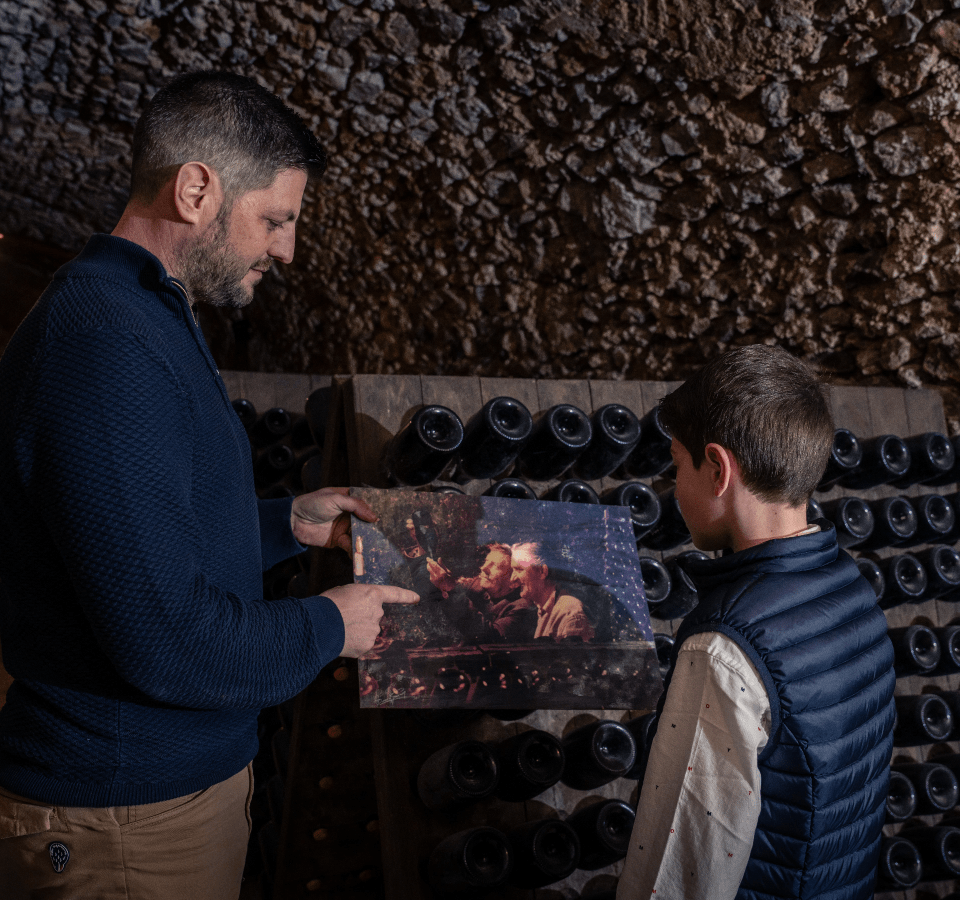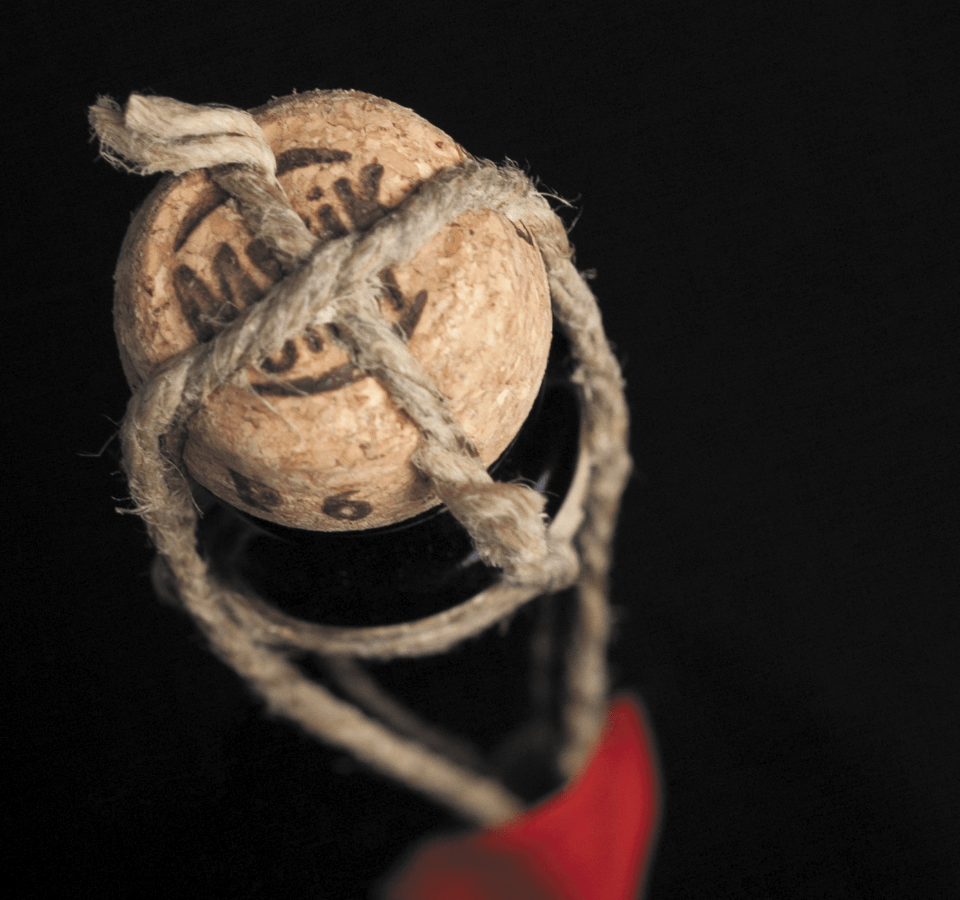Two hundred years
Of tradition
Champagne Coutelas began life in the vineyards in 1809. A local vine grower called Louis Victor Coutelas founded Champagne Coutelas.
The Louis Victor vintage was named after one of the family’s ancestors. It is the symbol of Coutelas champagne and captures a tradition.
Eight generations of determined men and women with a passion for their craft have followed in the founder’s footsteps. The Coutelas family’s never-ending quest for excellence continues today with Damien Coutelas, the 8th generation.
The vineyard may have changed with the times, using modern methods and machinery to fuel progress, but the winery is true to its roots as it applies the greatest care and its core values to everything it does: authenticity, quality and tradition.


Elevating
tradition
The art of making wine
The Coutelas brand is one of few family wineries whose work and expertise have kept the legend surrounding champagne alive.
What sets Champagne A.D.COUTELAS apart is its winemaking methods that bring together the best techniques from the past and present. Damien Coutelas draws on his expertise and the knowledge passed down through the generations to put his passion into making champagne, using oak barrels and casks just like when the very first champagne was made. The natural wood treats the wine to micro-oxygenation. The reserve wine is kept in 75hl barrels to age slow and steady. Reserve wine is what gives Coutelas champagne its body. Each vintage is blended true to champagne tradition, behind closed doors, so the Coutelas signature remains a sparkling secret that inspires togetherness and enjoyment.


Unspoilt
tradition
Ficelage
The art of ficelage involves hand-tying the cork using two pieces of twine that cross on the top of the cork. The “ficeleur” or binder unravels the ball, makes a knot, pulls both ends and cuts the twine.They do this twice for every bottle. The royal decree of 1735 even states that the twine must be made of resin-coated hemp with three strands.
The binding is done by hand as it was before the First World War, when the cork was held in place by hemp twine rather than a metal cage.
This family expertise has been passed down through the generations and Damien Coutelas keeps this Champagne tradition alive today.

